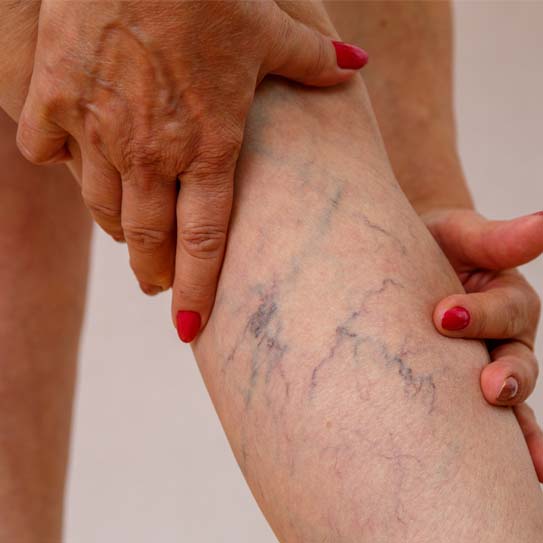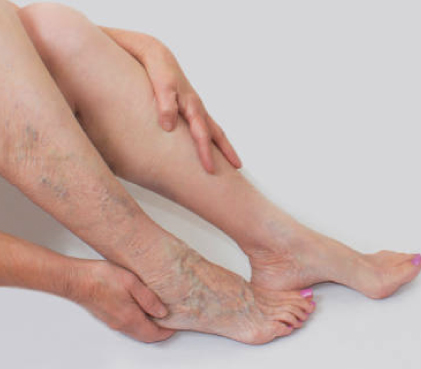
A proper diagnostic assessment must be performed before to the operation in order to determine the severity of the disease and confirm that the surgery is the best line of action. The following diagnostic procedures will be carried out by the ENT specialist to accurately diagnose tonsillitis, its causes, and severity:
Examining the neck for any suspicious growths, unusual rashes, nodules, etc. is part of the physical examination. The doctor will also examine your breath sounds to see if the infection has migrated to your lungs and palpate your neck lymph nodes to see if they are infected.
Examining the neck for any suspicious growths, unusual rashes, nodules, etc. is part of the physical examination. The doctor will also examine your breath sounds to see if the infection has migrated to your lungs and palpate your neck lymph nodes to see if they are infected.
Tonsillectomy procedures are often carried out when the patient is under general anaesthesia to prevent any discomfort or harm from the procedure. Following diagnosis, the surgeon and patient collaborate to decide which kind of therapy procedures are appropriate for the patient. The most effective tonsillectomy procedures are often agreed to be coblation and cauterization.
The following measures must be taken in order to get ready for a tonsillectomy surgery:

How long must I miss work following a tonsillectomy?
If you have a desk job, you may need to take off at most two to three days after a tonsillectomy. However, if your job is physically demanding, you might have to take at least a week off.
Do tonsillectomy methods for children and adults differ in any way?
No, the tonsillectomy technique is virtually unchanged between children and adults. Depending on the size of the throat opening, the endoscope and laser may be various sizes, but the remainder of the procedure is the same.
After a tonsillectomy, may tonsillitis return?
No, tonsillectomy involves the permanent removal of the tonsils, hence it is quite uncommon for tonsillitis to return following a tonsillectomy.
How much discomfort will I feel following a tonsillectomy?
After a tonsillectomy, there is very little discomfort, and it is readily controlled with NSAID medications like ibuprofen, paracetamol, etc.

Also known as endovenous laser treatment or EVLA, this is a minimally invasive ultrasound-guided procedure that involves the use of ultrasound images and laser fiber in order to kill the delicate lining of the veins. After a few days following the procedure, the body absorbs the dead tissues, closing off the abnormal veins with minimal or no discomfort. This is one of the most commonly preferred methods as it involves far fewer complications, and the recovery time, as well as the success rate of this method, is much faster and higher than that of any surgical process.

Also known as endovenous laser treatment or EVLA, this is a minimally invasive ultrasound-guided procedure that involves the use of ultrasound images and laser fiber in order to kill the delicate lining of the veins. After a few days following the procedure, the body absorbs the dead tissues, closing off the abnormal veins with minimal or no discomfort. This is one of the most commonly preferred methods as it involves far fewer complications, and the recovery time, as well as the success rate of this method, is much faster and higher than that of any surgical process.

Also known as endovenous laser treatment or EVLA, this is a minimally invasive ultrasound-guided procedure that involves the use of ultrasound images and laser fiber in order to kill the delicate lining of the veins. After a few days following the procedure, the body absorbs the dead tissues, closing off the abnormal veins with minimal or no discomfort. This is one of the most commonly preferred methods as it involves far fewer complications, and the recovery time, as well as the success rate of this method, is much faster and higher than that of any surgical process.